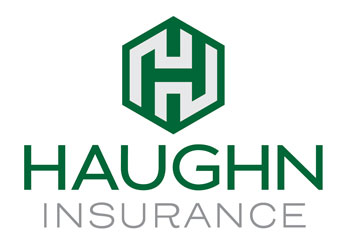
Every year, businesses brace for the inevitable—another health insurance renewal, another premium increase, and the same frustrating lack of control. CFOs, HR professionals, and business owners pour time and energy into managing costs, only to be handed another rate hike by an insurance carrier that dictates the terms. But here’s the hard truth: fully insured health plans are designed to benefit the carriers, not the businesses footing the bill.
Where Does Your Money Really Go?
When you pay premiums into a fully insured plan, you’re essentially handing over control of your healthcare dollars. The carrier sets the rates, determines the increases, and—here’s the kicker—keeps any unused claims dollars as profit. Even if your employees use fewer healthcare services, there’s no refund, no credit—just another round of unexplained premium hikes.
Self-funded models turn that dynamic on its head. If claims run lower than expected, the savings go back to your business, not into an insurance company’s bottom line.
The Unfair Pricing Game of Premium Increases
Ever wonder why your renewal rates keep climbing, even when your workforce is relatively healthy? Fully insured carriers use pooled risk, meaning your company’s premiums are impacted by claims from unrelated businesses. Even worse, the renewal process lacks transparency, making it nearly impossible to challenge the increases.
With self-funding, businesses gain access to their own claims data, allowing for smarter decision-making, better cost management, and the ability to take back control.
How Insurance Carriers Maximize Profits—At Your Expense
Insurance companies profit when claims are lower than expected. That means they have a vested interest in making access to care difficult. Restrictive formularies, denied claims, and outdated prior authorization processes aren’t just red tape—they’re part of the business model.
A self-funded or captive model shifts the power back to employers. You control plan design, provider networks, and pharmacy costs—ensuring employees get the care they need without unnecessary obstacles.
The Strain on Employers and HR Teams
HR teams and CFOs often feel stuck, forced to pass premium increases onto employees through higher deductibles and out-of-pocket costs. Business owners face a tough choice: how do you balance financial responsibility with taking care of your workforce?
A well-structured self-funded plan offers a sustainable solution—one that doesn’t just shift costs but actively manages risk, keeping healthcare affordable for both the business and its employees.
It’s Time to Challenge the Status Quo
If fully insured plans truly worked for businesses, wouldn’t costs be going down instead of up? It’s time for business leaders to rethink their approach. Self-funding and captive models aren’t just alternatives—they’re strategies that put employers back in control.
Your healthcare dollars should work for you, not against you. Let’s start the conversation. #SelfFunding #HealthcareCosts #HR #CFOs

